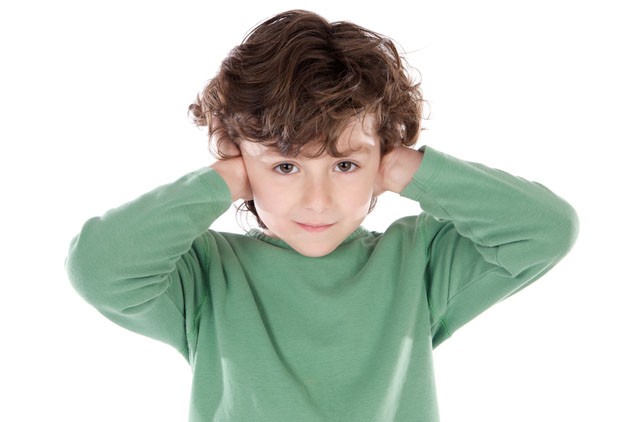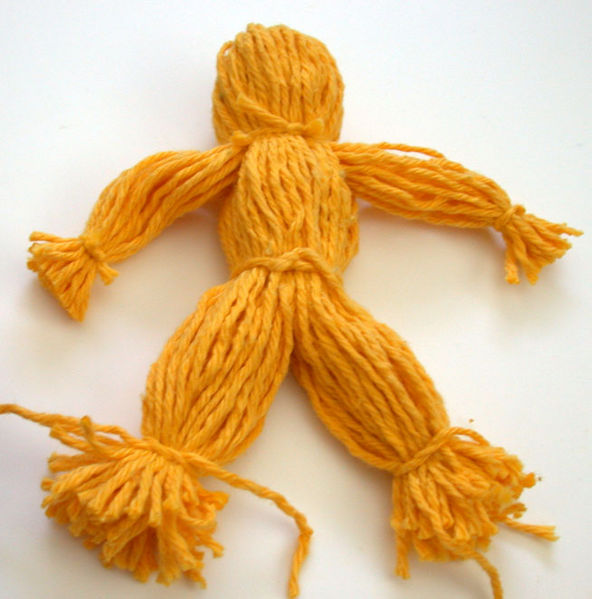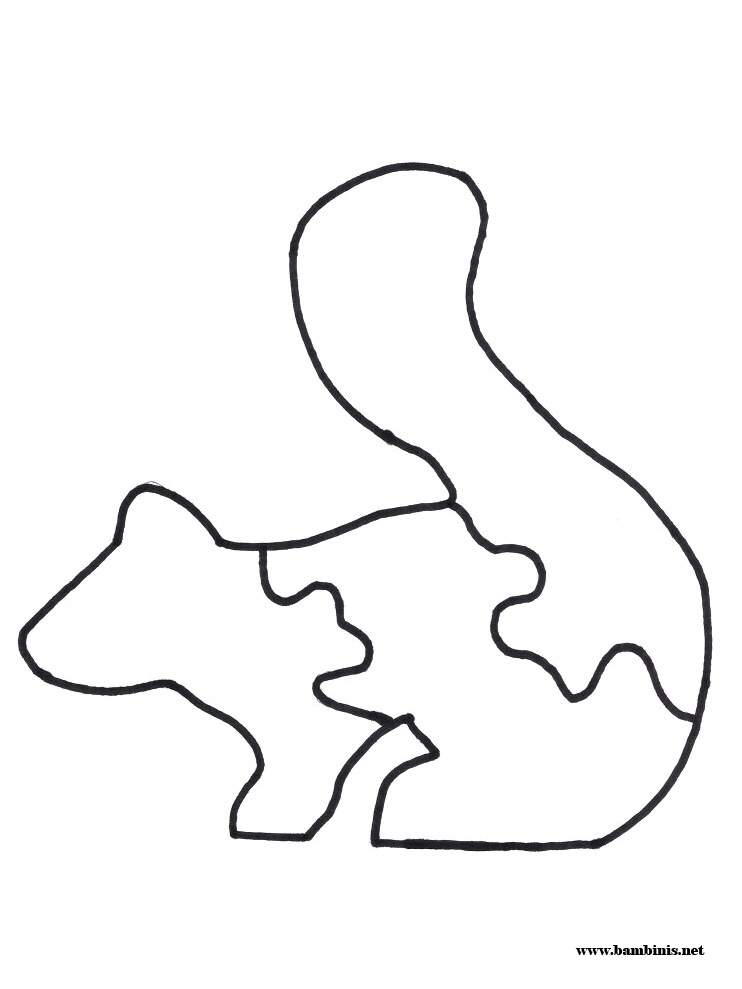Art Milestones for Kids – A creativity timeline, from scribbles to sculptures.
Is it ever too early to introduce kids to crayons? Encourage your infant to be a creative baby and see how building their artistic development will benefit your child.
We don’t bat an eye at exposing our babies to the likes of Beethoven and Bach, even from birth. But just when is the right time to introduce your child to the kind of artistic expression that involves finger paint, glue, and glitter? Most pediatricians, art teachers, and parents agree that exposing babies and toddlers to art is an important part of their physical and emotional development.
Art Milestones
If you’re wondering just when to expect that first crayon scribble or when actual shapes will emerge, the homework has already been done for you. According to Dr. Karen Ytterberg, a pediatrician with the Mayo Clinic, art abilities unfold in fairly predictable and universal patterns. She says the following milestones are widely accepted in the medical community. During patient visits, she asks parents if their children have mastered these skills.
* Makes a crayon mark: 12 months
* Scribbles in imitation: 15 months
* Imitates stroke: 2 years
* Copies a circle: 3 years
* Identifies some colors: 3 years
* Draws a cross: 4 years
* Draws a triangle: 5 years
* Draws a diamond: 6 years
Age-by-Age Artists
When toddlers scribble on a page or mold play dough, they are building their fine motor skills. Dr. Ytterberg explains that drawing is a precursor to writing. “It’s like reading to children early,” she notes and explains that the benefits of early art exposure go far beyond physical development and also help build confidence and encourage self-expression. “I think it allows them to feel more free as they get older to be able to have fun with art,” Dr. Ytterberg says.
“It’s teaching them at a young age this kind of play is important. They learn to take the creative process seriously,” adds Rachael Gardner, owner of The Painting Workshop in Baltimore, Maryland, which offers Mommy & Me sessions for children as young as two. During one class session (about an hour long), pint-sized artists paint wooden picture frames, make spin art, paint and glitter wooden animal pins, and become Play-Doh chefs.
Gardner watches a lot of little ones discover and then excel at art. She suggests the following tips for getting your tot off to a creative start:
Infants and Babies (Ages 0 to 2): This is the time to let your little ones do what they do best—get their hands in everything. Gardner recommends encouraging your child to play with different materials, from modeling putty to finger paint.
Toddlers and Early Preschoolers (Ages 2 to 3): The expressionism continues. Gardner says a love of manipulating play dough and other materials draws out preschoolers’ artistic tendencies. She says this age group also enjoys playing with glitter and glue, explaining it takes some time to learn the sequence; a three-year-old can generally understand the need to put the glue on the paper before adding the glitter.
You can expect your child to start respecting the borders of a page and also to take pleasure in playing with the materials, adds Gardner. Separating and moving crayons from one bin to another can be fascinating in its own right.
Preschoolers and Pre-Kindergartners (Ages 3 to 4): Age-appropriate activities include continuing to paint and draw, stringing beads, and (around age four) starting to use scissors. As seen through Dr. Ytterberg’s Art Milestones list, Gardner agrees that children will generally master a circle first and then move on to a sun image with multiples lines coming from the circle, or a circle with pairs of lines to represent arms and legs.
“They are able to understand the process of one step leading to another, and you end up somewhere different from where you started,” shares Gardner.
Early Creativity
Leah Soifer and her two-year-old daughter Miriam participated in the Mommy & Me class at the Painting Workshop. Soiffer says Miriam has since played more with crayons and chalk at home. “I was able to see a lot of benefit and growth in her,” says Soiffer. She has enjoyed watching her daughter develop her creativity at such a young age: She hopes Miriam will ultimately learn that the process of art is more important than the outcome.
Dr. Ytterberg seconds that, asking parents to remember that children should ultimately engage in artistic activities because they are fun.
Pro-Art Parents
Whether or not parents don smocks themselves and join their kids at the easel, Dr. Ytterberg suggests they do make art supplies easily available to their children, not worry about making a mess, and display their children’s artwork at home.
“I think every kid has a little artist in them,” says Janine Lezama, who has worked at Gardner’s studio since 1995. She and Gardner believe parents play a key role in bringing out that little artist. She emphasizes that if a child sees his mom or dad excited about art, the child will be more likely to give it a try.
“It’s important that children feel that their parents value the activity of making art and that the parents actively engage with the child about the child’s wonderful artwork,” says Gardner.
By Rebecca Klein





Leave a Reply